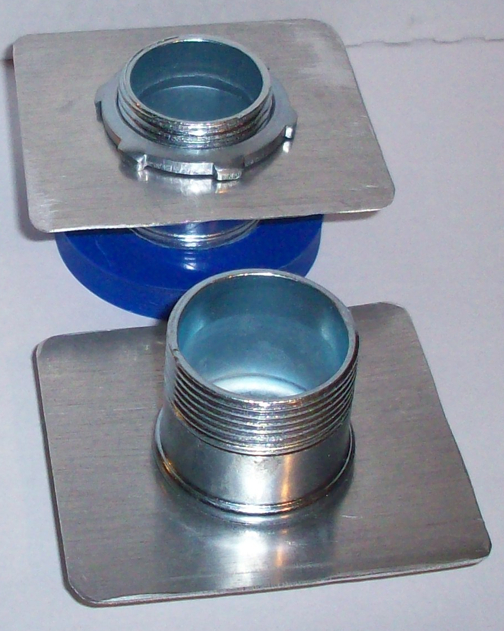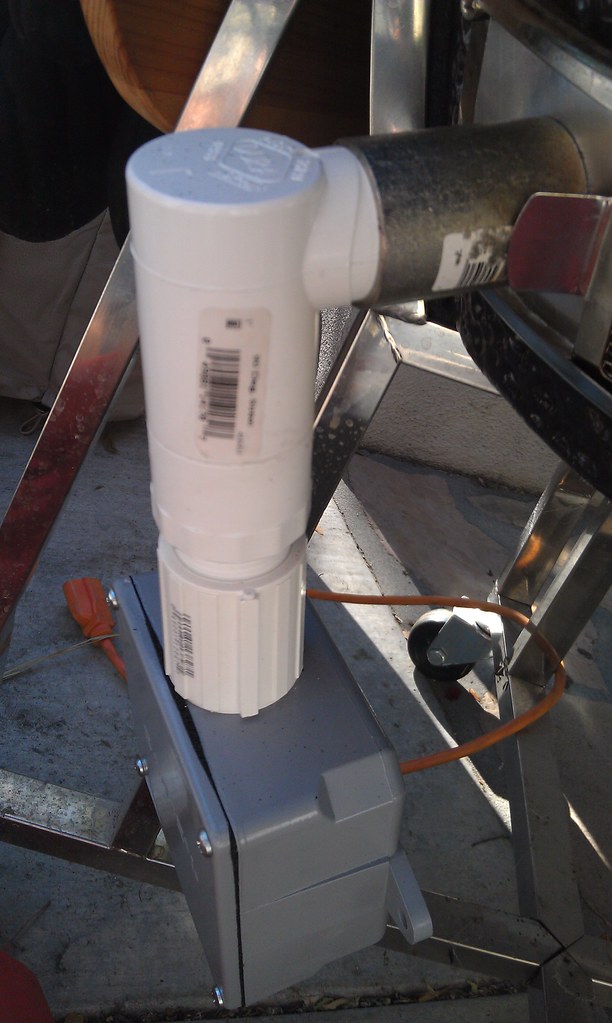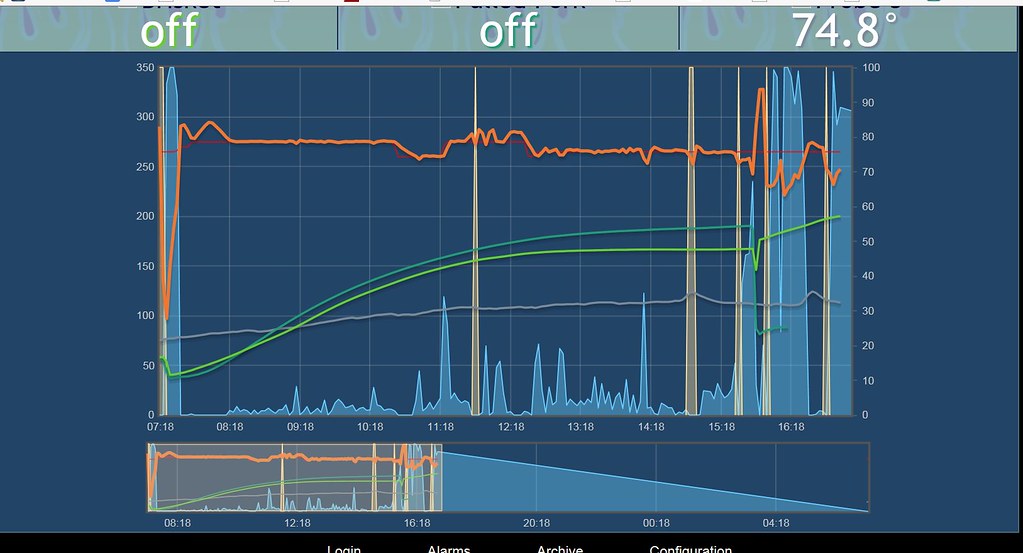RalphTrimble
TVWBB Diamond Member
I need to make a grill mount plate for a Vision B Kamado for my Uncle to mount a Roto-Damper, unfortunately I can't seem to find a Vision Kamado to inspect the vent and make measurements. I am wondering if anyone out there has made a mount plate for the Vision B that can be inserted and removed, if so, could you please provide the dimensions of that plate? Also, I assume there has to be a slight curve to the plate? Pics would be helpful...




